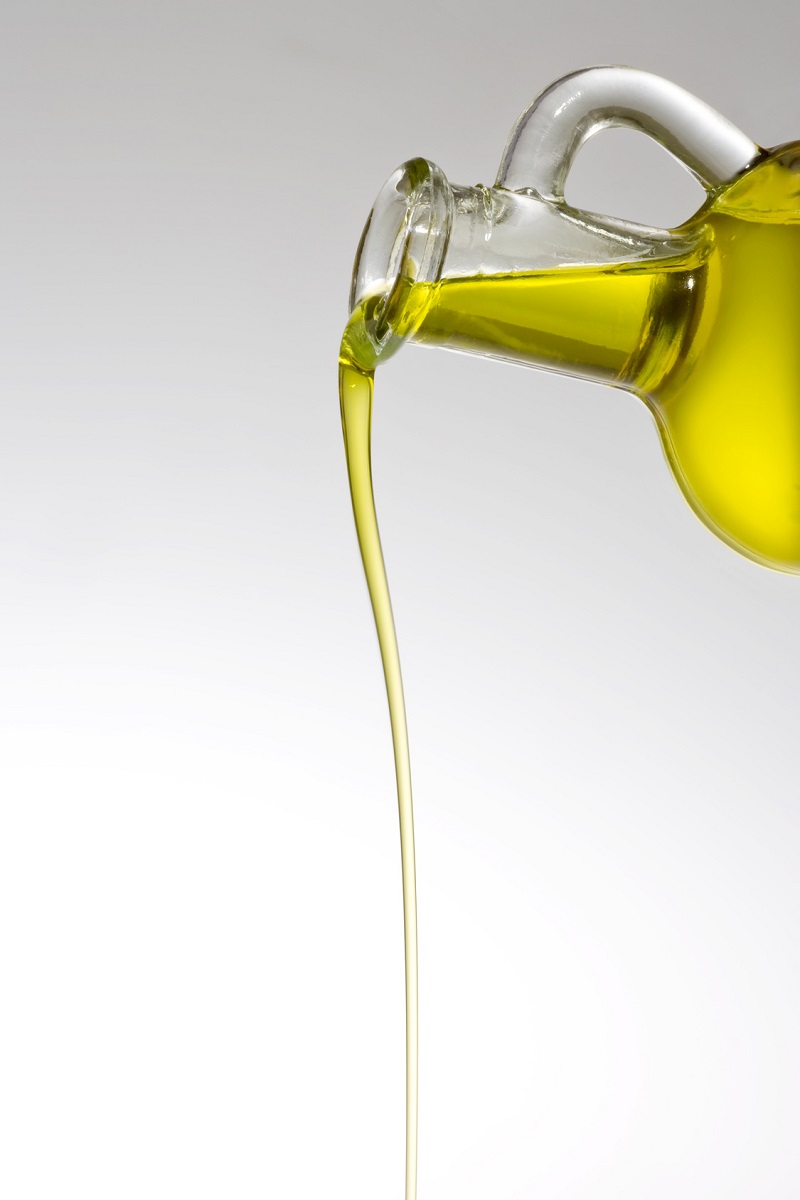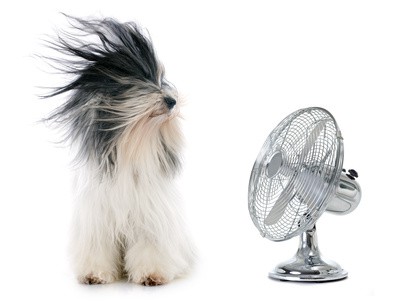Shiny, good smelling fur is a sign of great health. That's why we have summarized for you which nutrients are involved in normal skin and coat function and how to supplement them with nutrition to optimally support the skin and coat.
An adequate diet with all necessary nutrients for dog and cat is the basis for a functioning metabolic system and thus also for a normal skin and coat function. Particular attention is paid to the supply of protein, essential fatty acids, zinc, iodine, copper, B-vitamins, vitamin A and vitamin E. These nutrients are instrumental in maintaining a shiny and supple coat and healthy skin.
What matters
PROTEINS are involved in numerous and very different metabolic processes. To be able to handle these diverse tasks, there are many different types of proteins. These include, for example, the structural proteins such as collagen and keratin, which form the framework of cells and tissues.
In order to meet the need for high-quality proteins and thus also the need of the individual amino acids, the building blocks of the proteins, muscle meat should be used for self-prepared dog food for the most part. Excessive content of innards can also lead to flatulence and soft feces, as innards contain more connective tissue that is more difficult to digest. Another good source of protein as a supplement to muscle meat is eggs and dairy products.

In the case of adult dogs, particular attention must be paid to the supply of the omega-6 fatty acid linoleic acid and the omega-3-fatty acids α–linolenic acid, EPA (eicosapentaenoic acid) and DHA (docosahexaenoic acid). These fatty acids are essential to dogs, i. e. they can not be produced by the organism itself, but must be absorbed with food in sufficient quantity. In the cat, care should be taken to ensure adequate supply of the fatty acids linoleic acid, arachidonic acid, EPA and DHA.
Fatty acids can be supplemented by the combination of different oils:
| essential fatty acid: | source |
| Linoleic acid | e. g. safflower oil, hemp oil, borage oil, sunflower oil |
| α-linolenic acid | e. g. linseed oil, hemp oil, walnut oil, rape oil |
| EPA & DHA | e. g. salmon oil, salmon oil capsules, krill oil, herring oil, algae oil capsules |
| Arachidonic acid | e. g. lard, beef tallow, egg yolk |
ZINC is needed among other things for a functioning immune defense, is essential for the function of various hormones and is a component of numerous enzymes. Zinc also plays an important role in the metabolism of nucleid acids & proteins and in cell growth.
Sources of zinc:
- e. g. wheat germ, wheat flakes, wheat bran, brewer's yeast, sesame, pumpkin seeds, edam cheese, emmental cheese, liver and red meat
- alternatively, pure zinc preparations can be used
IODINE is an essential component of thyroid hormones. These are important for the entire metabolism as they affect the body's metabolic rate. COPPER not only plays a crucial role in blood formation but also in pigment metabolism.
Sources of iodine:
- seaweed and salt water fish (iodized table salt is not enough)
Sources of copper:
- Copper is contained in liver. The copper content can only be covered with a daily administration of up to 1 g of game liver or goose liver per kg of body weight, without at the same time having too much vitamin A supply. A 25 kg dog would need 25 g of game or goose liver daily
- alternatively, pure copper preparations can be used
An adequate supply of B VITAMINS must be given, biotin in particular. BIOTIN has a significant involvement in skin metabolism.
Sources of biotin:
- e. g. brewer’s yeast, liver, kidney, sunflower seeds
- raw egg yolk (do not feed egg whites raw, because they contain avidin, a substance that binds biotin in the intestine and thus prevents its absorption)
Further important vitamins for the skin are Vitamin A and E. VITAMIN A is important for growth and function of skin and mucous membranes and for the visual process. VITAMIN E acts as an antioxidant and protects the skin from aggressive oxygen compounds, such as those produced under the influence of UV radiation.
Sources of vitamin A:
- e. g. liver, cod liver oil and egg yolks
Sources of vitamin E:
- high content: wheat germ oil
- medium content: sunflower and safflower oil
Photos:

